Inbox and Environment News: Issue 397
March 17 - 23, 2019: Issue 397
Issue 397 Environment Features
- School Strike 4 Climate Action Grows 10x In A Few Months; The Next Strike Could Close Australia For The Day
- They Will Definitely Be Missed: Australia’s Faunal Extinction Crisis Inquiry
- Pittwater Butterfly Notes: For Those Seeing Wings Flitting + Inspirations To Find Your Own Species - Some Do! - for youngsters
Please Keep Eye Out For This Leatherback Turtle
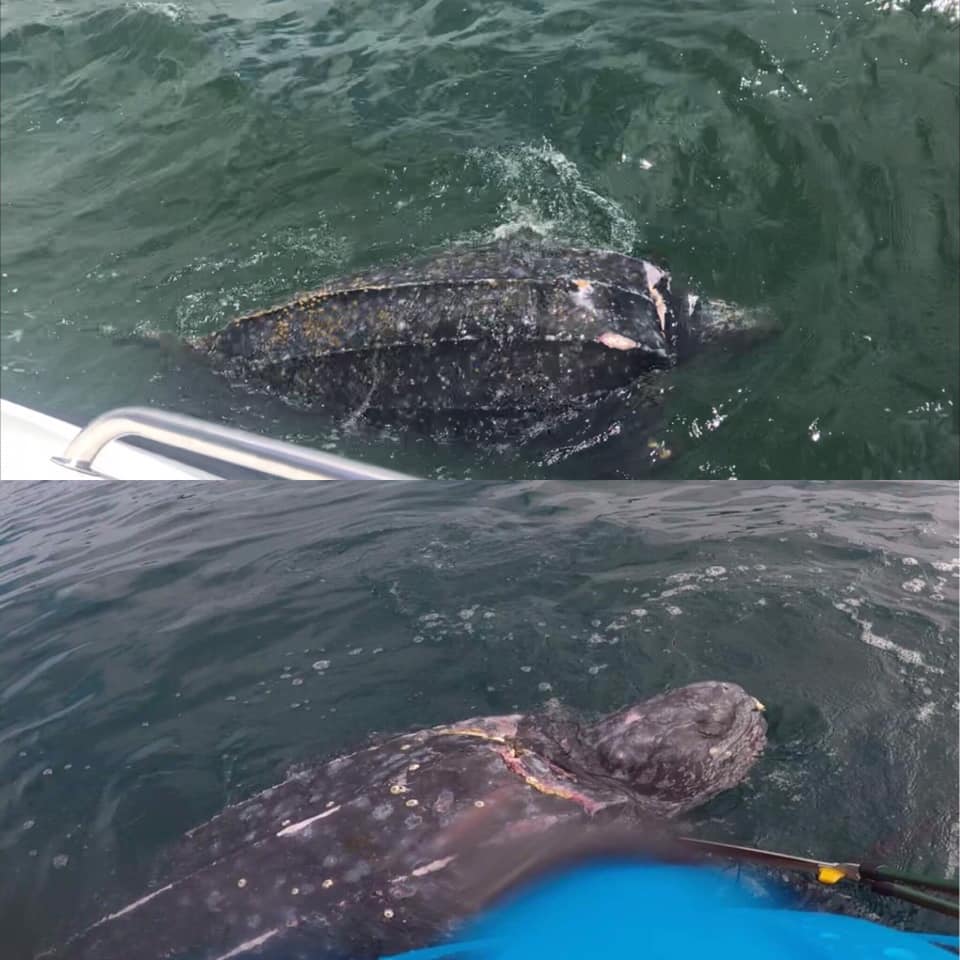
A Leatherback turtle was fighting for his life caught in a shark net off Newport Beach last Sunday, March 10th.
- ASRCC if you spot him 0438 862 676 or
- Taronga Zoo 02 9978 4785
- Sydney Wildlife Rescue 02 9413 4300
- ORRCA 02 9415 3333
- WIRES 1300 094 737
- Sydney Sealife Aquarium: 0404109198
Autumn In Pittwater 2019

Currawong from Pacific Road, Palm Beach backyard - Monday March 11th.
Newport Community Garden Gets A Head Start On Autumn Planting
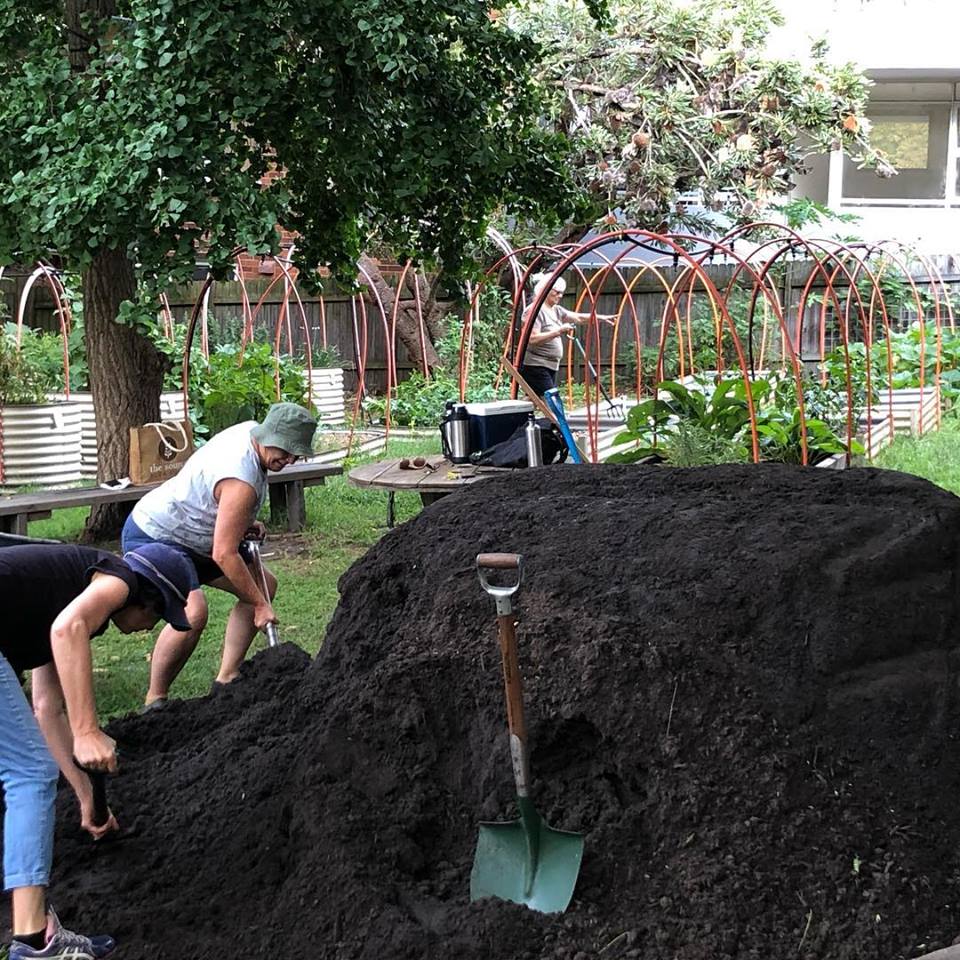
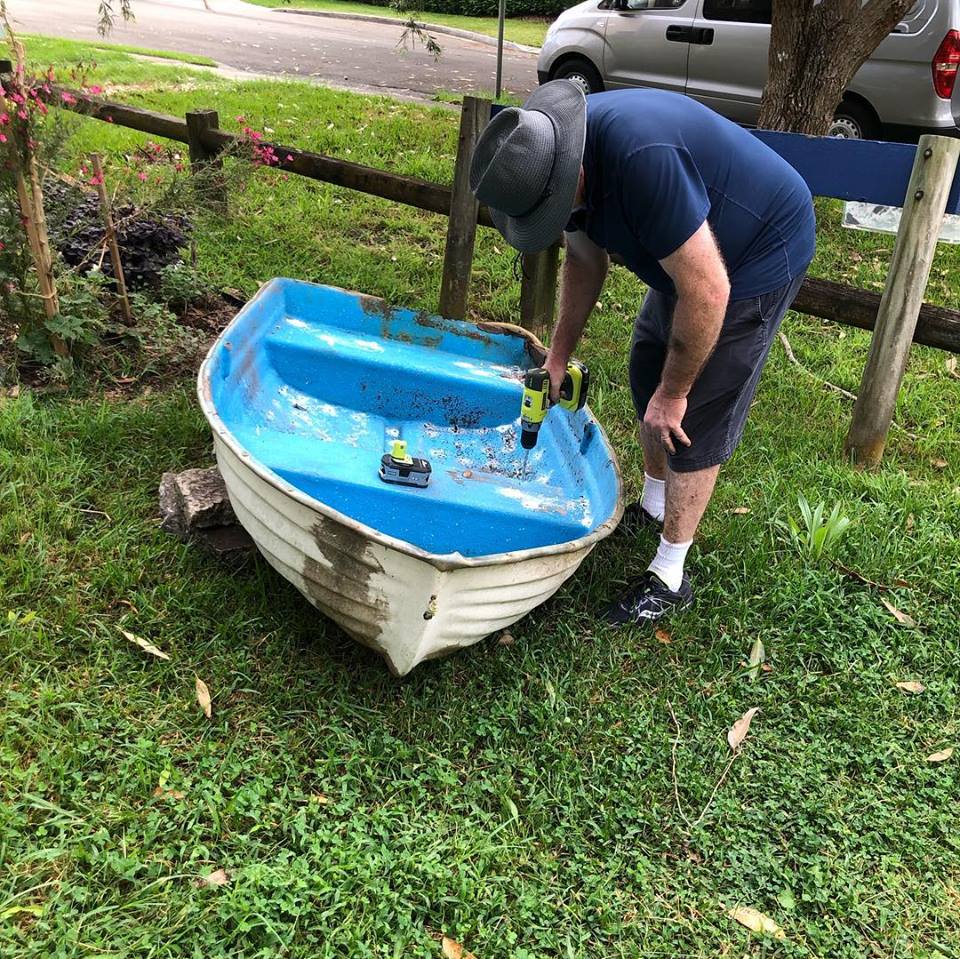
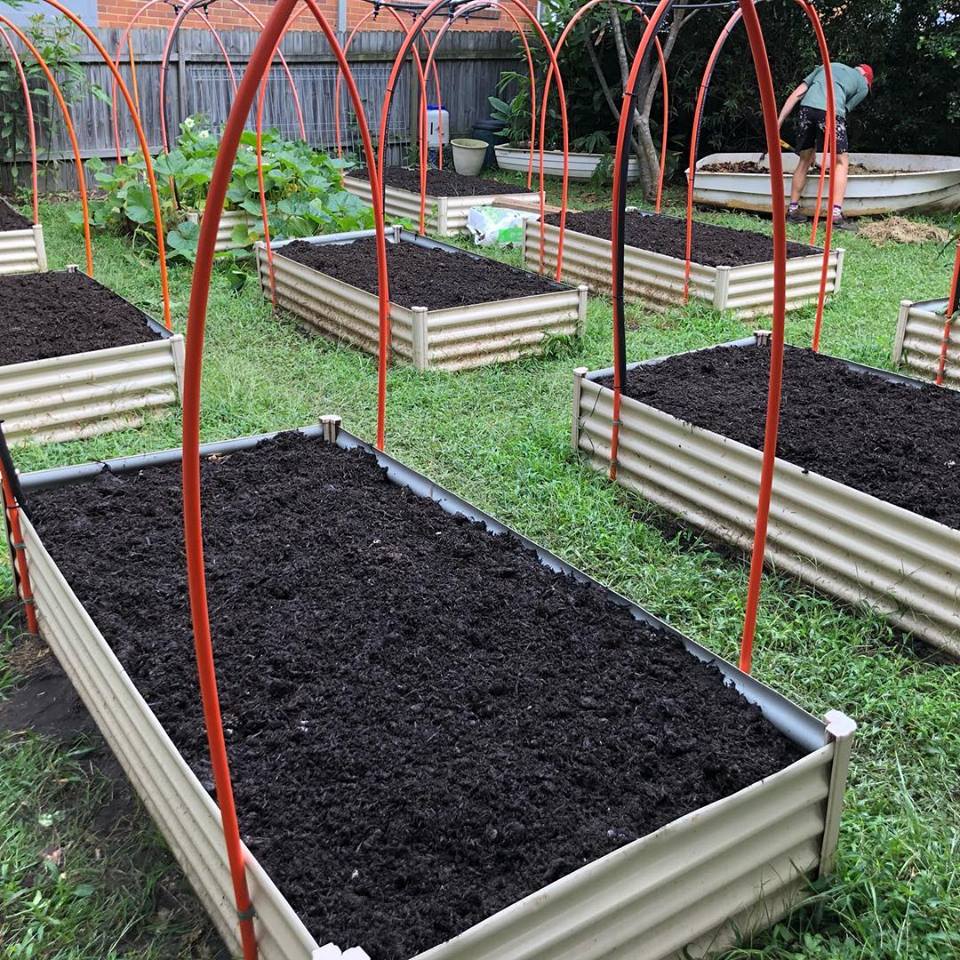

- Local Northern Beaches residents creating sustainable gardens in public spaces
- Strengthening the local community, improving health and reconnecting with nature
- To establish ecologically sustainable gardens for the production of vegetables, herbs, fruit and companion plants within Pittwater area
- To enjoy and forge friendships through shared gardening.
- Membership is open to all Community members willing to participate in establishing gardens and growing sustainable food.
- Subscription based paid membership.
- We meet at the garden every weekend in the morning (sometimes on a Saturday, sometimes on a Sunday). Contact us through our email below and come and visit us!
NSW Government Working To Deliver More Green Space For Newport
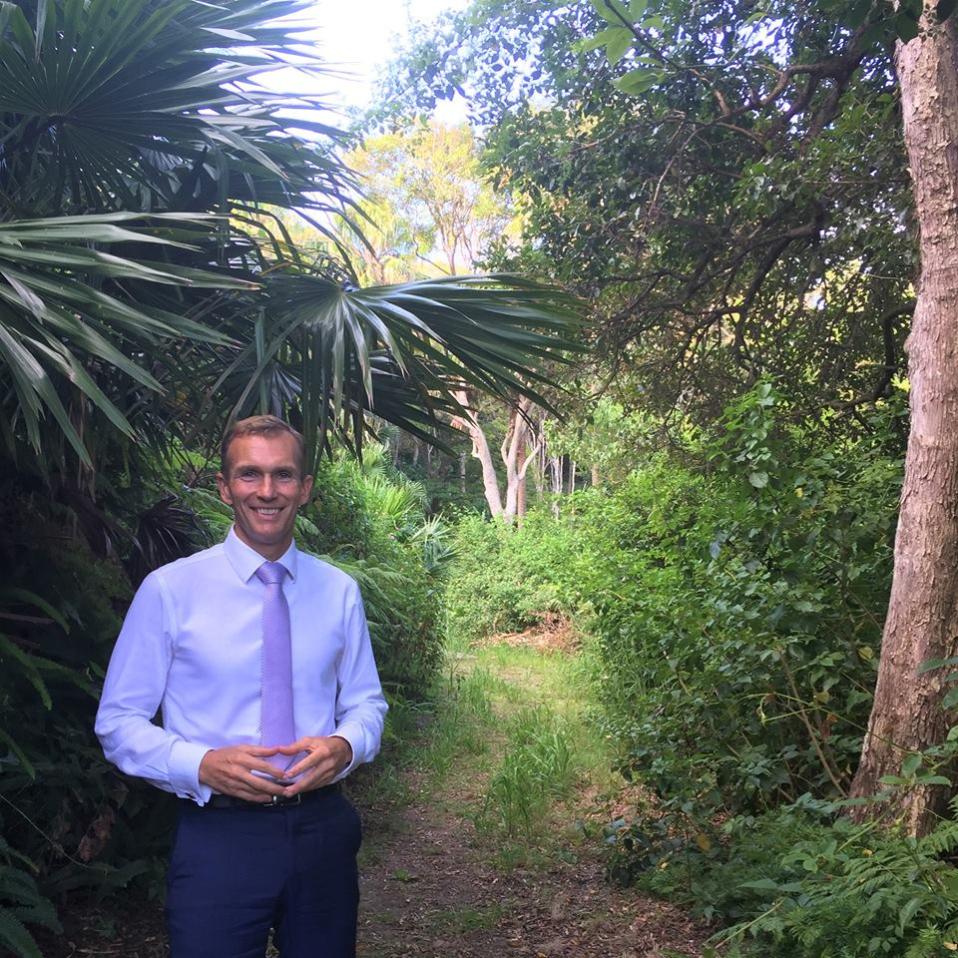
Rob Stokes at the Newport land this week - photo supplied.
Monday, March 11th, 2019
Minister for Planning and Housing Anthony Roberts and Member for Pittwater Rob Stokes today announced the NSW Liberals & Nationals Government will work with Northern Beaches Council and landowners to secure more green space at Hillside Road, Newport for the Pittwater community.
Mr Roberts said, “the NSW Government will enter negotiations with Council and landowners to acquire the land and discuss how it can be best utilised by the community for open space.”
The site is being secured under the NSW Government’s $340 million Open Spaces and Greener Sydney package to make NSW communities more liveable and green.
Mr Stokes said, “this is an important step for the Pittwater community to secure this environmentally significant land in public ownership.
“Local residents and community groups have correctly identified the importance of this area and the reasons it should be retained and preserved,” he said.
"This land is an echo of what Newport has looked like for thousands of years and I’m delighted we have an opportunity to secure it in public ownership for future generations."
The land is a corridor extension to other important local habitat and biodiversity rich areas, containing a significant littoral rainforest and adjoins the Bilgola Escarpment which comprises Attunga Reserve, Hewitt Park, Hamilton Estate and Porter Reserve.
Mayor Michael Regan Northern Beaches Council said, “We know people in our community love spending time outdoors, in our local parks and reserves and exploring our magnificent environment. This commitment will go a long way to maintaining and improving this lifestyle.
“We look forward to working with all parties involved to provide a new fantastic community green space that can be enjoyed and admired by all local residents,” he said.
Background
- Newport's Bushlink 'From The Crown To The Sea' Paths: Celebrating Over 20 Years Of Community Volunteer Bushcare Results
- Potential For Newport Paradise To Be Expanded: A Greener Sydney Spark!
- Newport's 'From The Crown To The Sea' Paths: Complete the Loop Update
- Community Hope To Add To Newport Bushlinked Reserves Receives Council Support: Funding Will Be Sought
- From Palm Beach To Pasadena: Mick Glasheen's Drawing On The Land - GARIGAL COUNTRY Opens (to raise funds to support purchase of endangered littoral rainforest above Porter Reserve, Newport, so that it may be integrated into the adjoining Attunga and Porter Reserves.
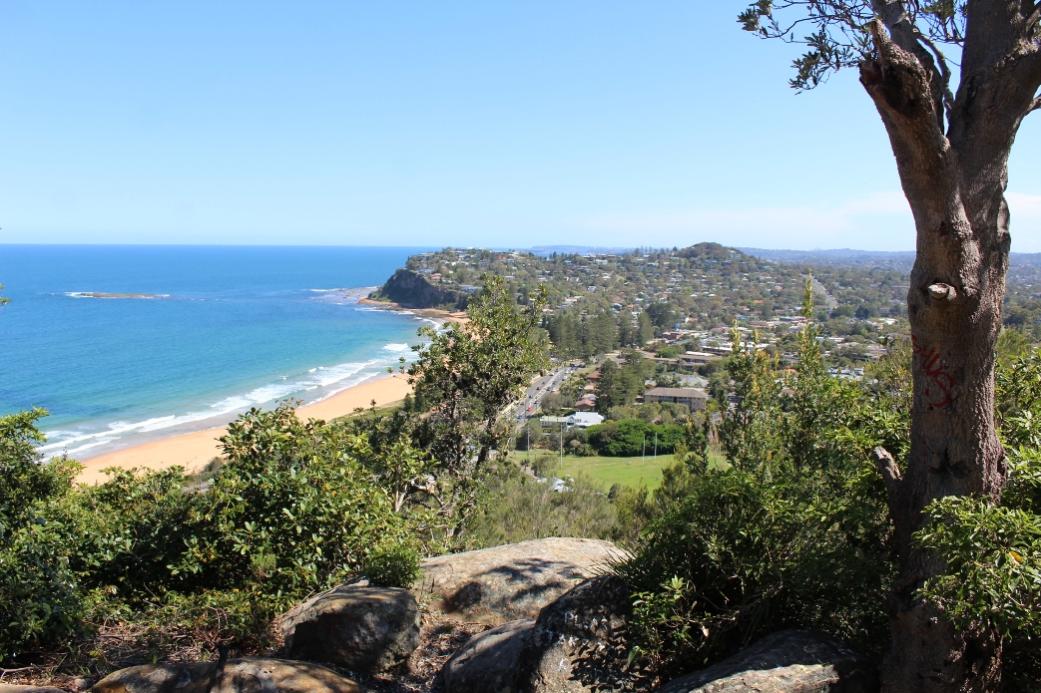
World Pledges To Protect Polluted, Degraded Planet As It Adopts Blueprint For More Sustainable Future
- At a meeting of the world’s top environmental body, ministers lay groundwork for a new model of development to protect planet’s degraded resources
- Ministers agree to tackle environmental crisis through innovation and sustainable consumption and production
- Delegates commit to significantly reduce single-use plastic products by 2030
- Fourth UN Environment Assembly takes place in sombre atmosphere after crash of Ethiopian Airlines flight to Nairobi on Sunday
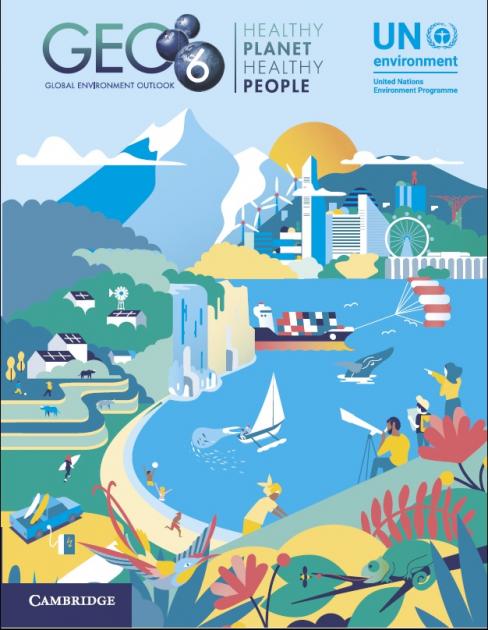 Meanwhile, the sixth Global Environmental Outlook, seen as the most comprehensive and rigorous assessment on the state of the planet, warned that millions of people could die prematurely from water and air pollution by 2050 unless urgent action is taken.
Meanwhile, the sixth Global Environmental Outlook, seen as the most comprehensive and rigorous assessment on the state of the planet, warned that millions of people could die prematurely from water and air pollution by 2050 unless urgent action is taken.3-5°C Temperature Rise Is Now ‘Locked-In’ For The Arctic
- Even if Paris Agreement goals met, Arctic winter temperatures will increase 3-5°C by 2050 compared to 1986-2005 levels.
- Thawing permafrost could wake ‘sleeping giant’ of more greenhouse gases, potentially derailing global climate goals.
- Ocean acidification and pollution also posing major threats to Arctic
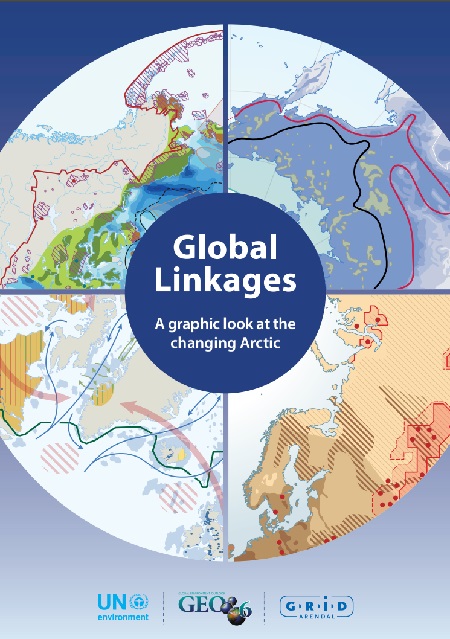 Other environmental pressures on the Arctic identified by the paper – released at the United Nations Environment Assembly – include ocean acidification and plastic pollution.
Other environmental pressures on the Arctic identified by the paper – released at the United Nations Environment Assembly – include ocean acidification and plastic pollution.Change is clearly accelerating in the Arctic, andit has global implications for us all. We all havea stake in this future, but none more than theyoung people who are coming of age, living inthe midst of this change.
Most Recreational Fishers In Australia Support Marine Sanctuaries
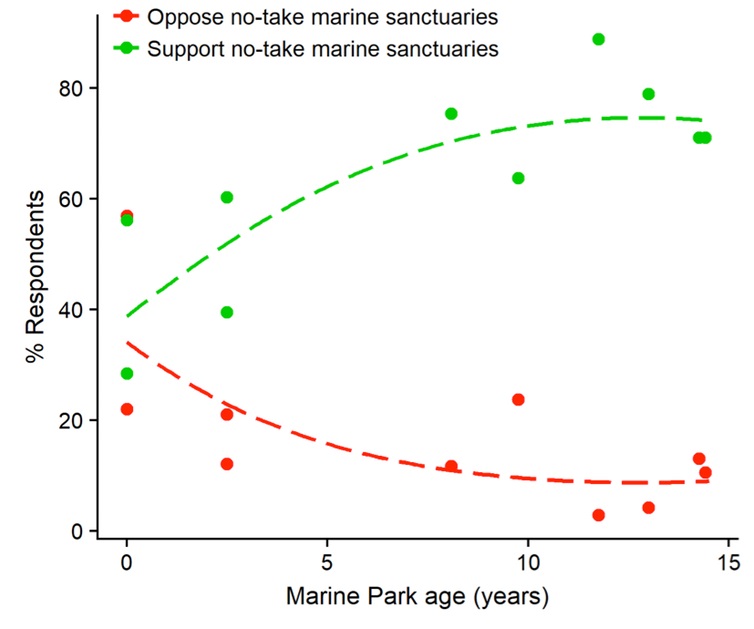
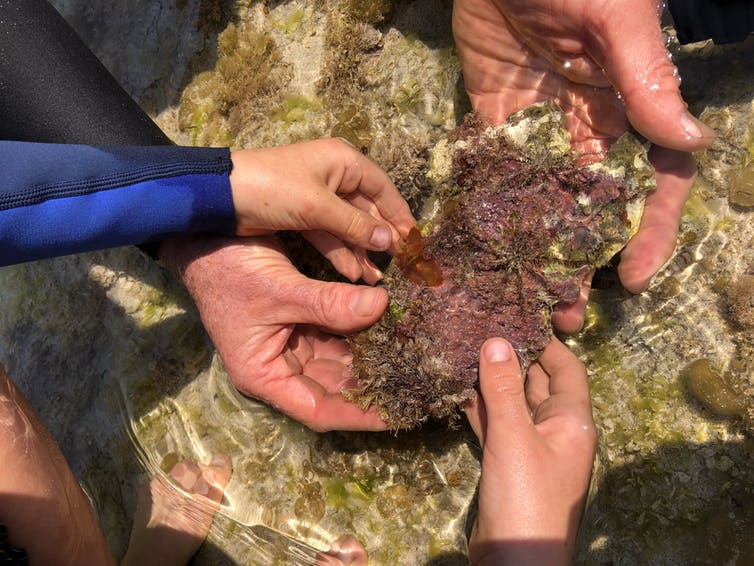
Read more: The backflip over Sydney's marine park is a defiance of science
Unprecedented Number Of Warm-Water Species Moved Northward During Marine Heatwave
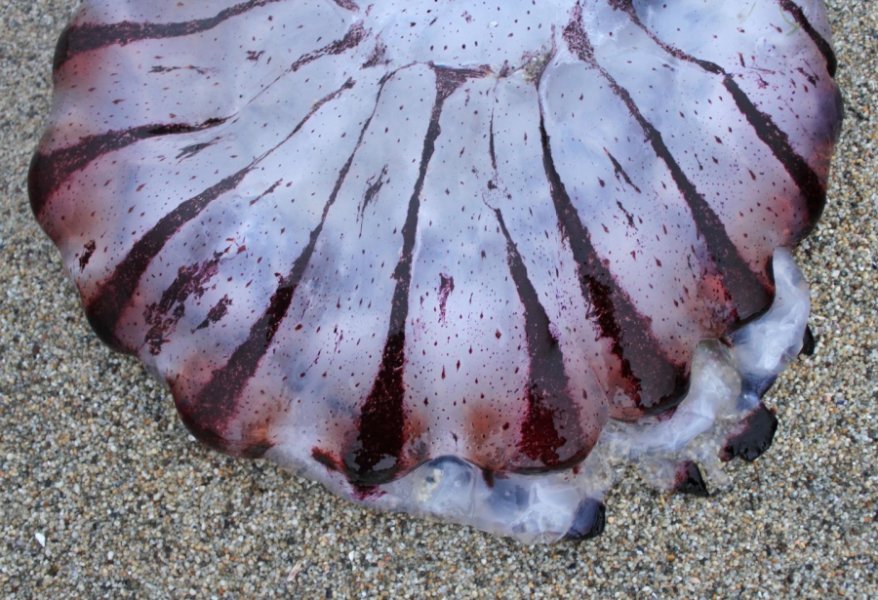
PITTWATER YHA OFFERS FREE BEDS FOR GREEN HEARTS
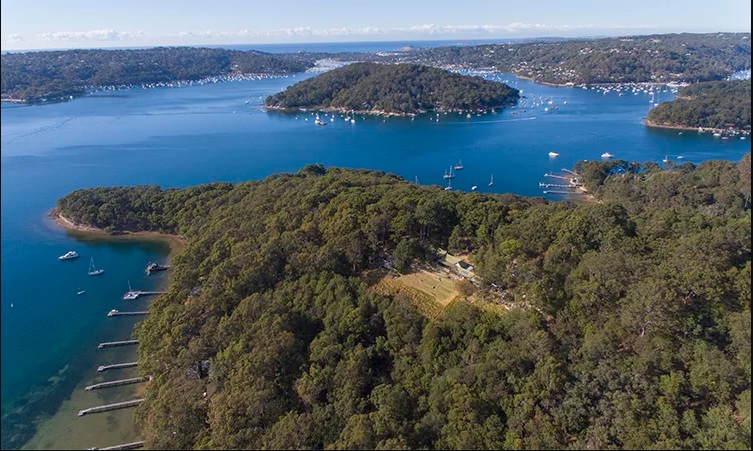
Archie's Pittwater Clean Up
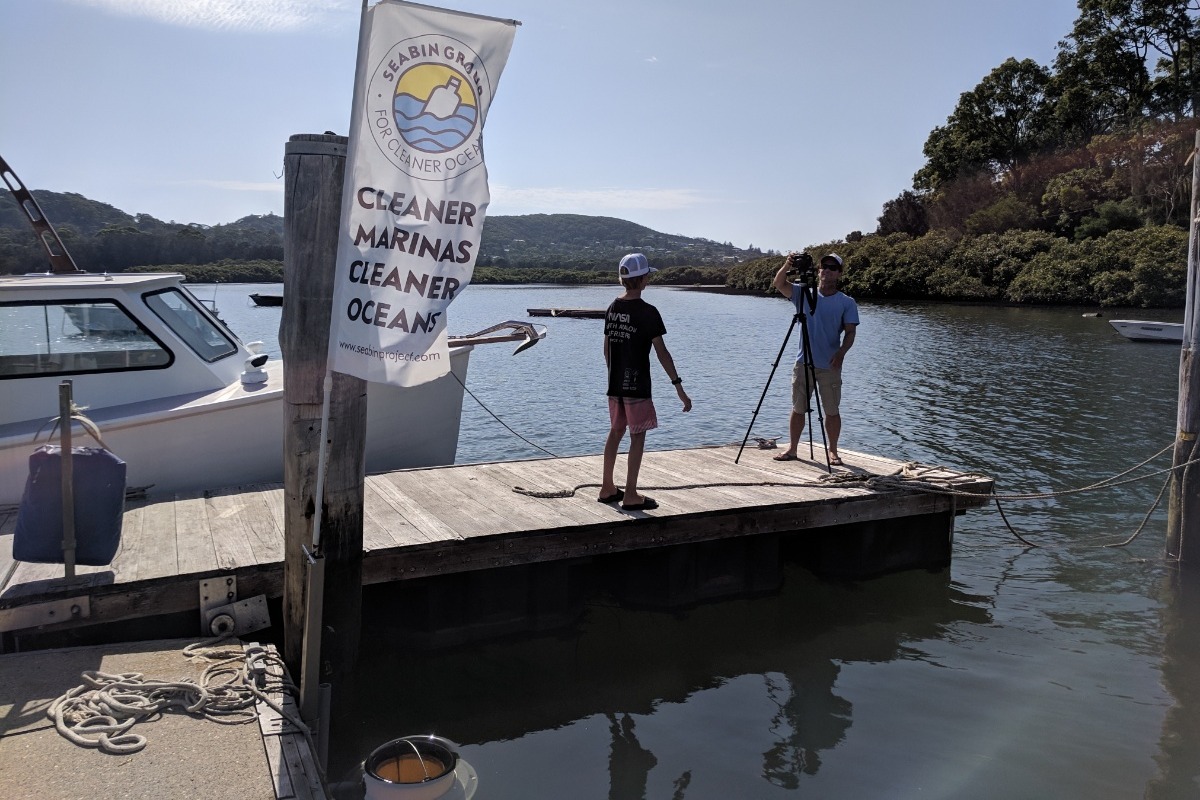
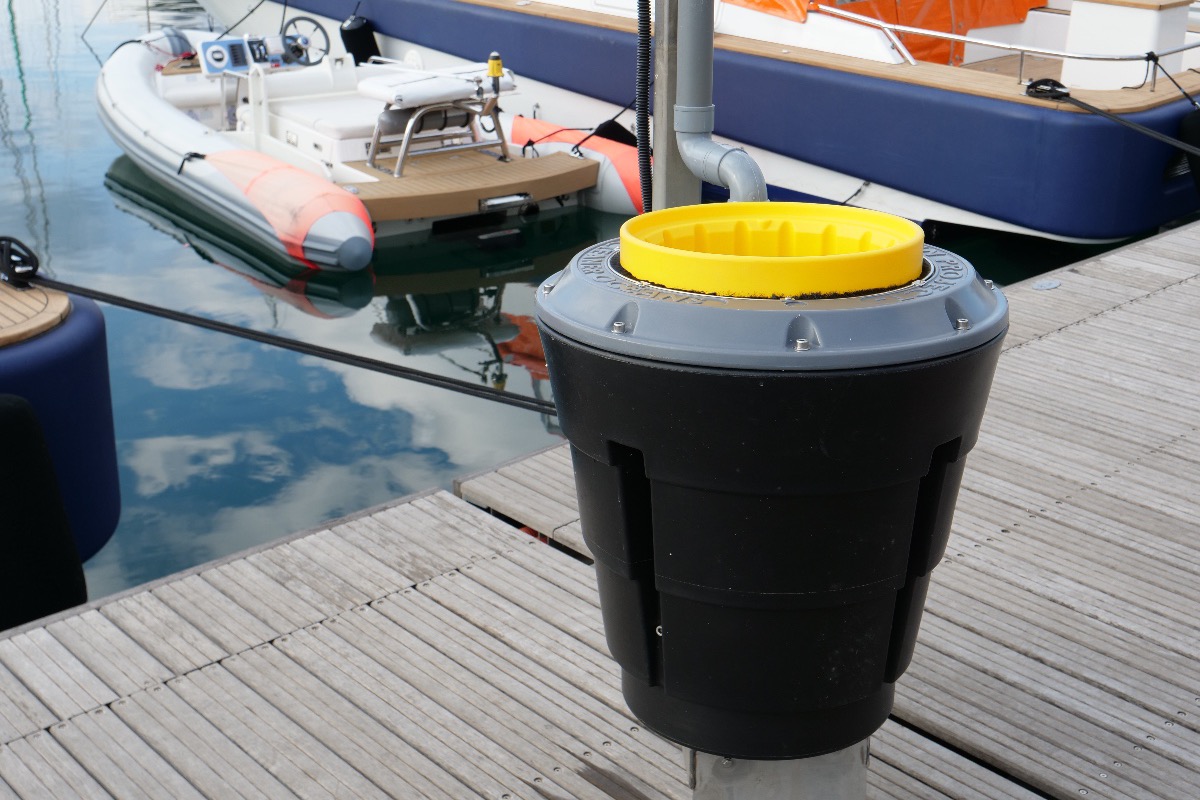
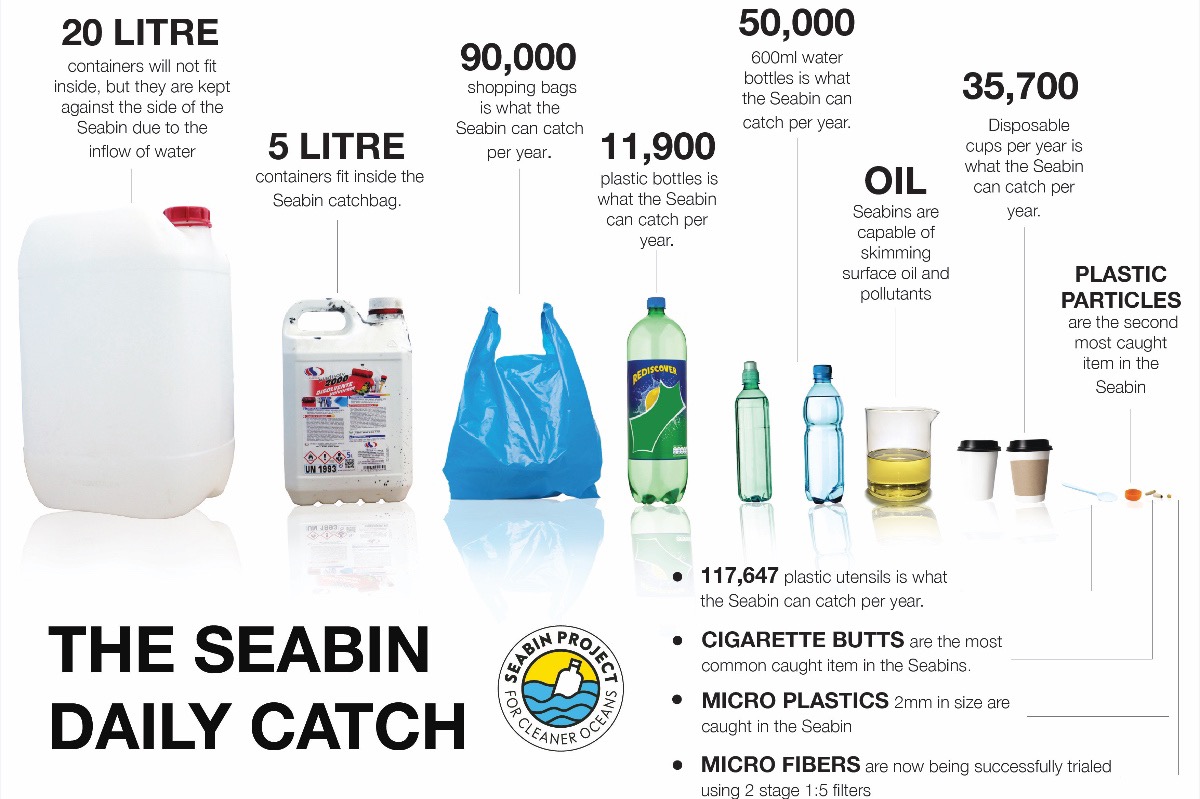
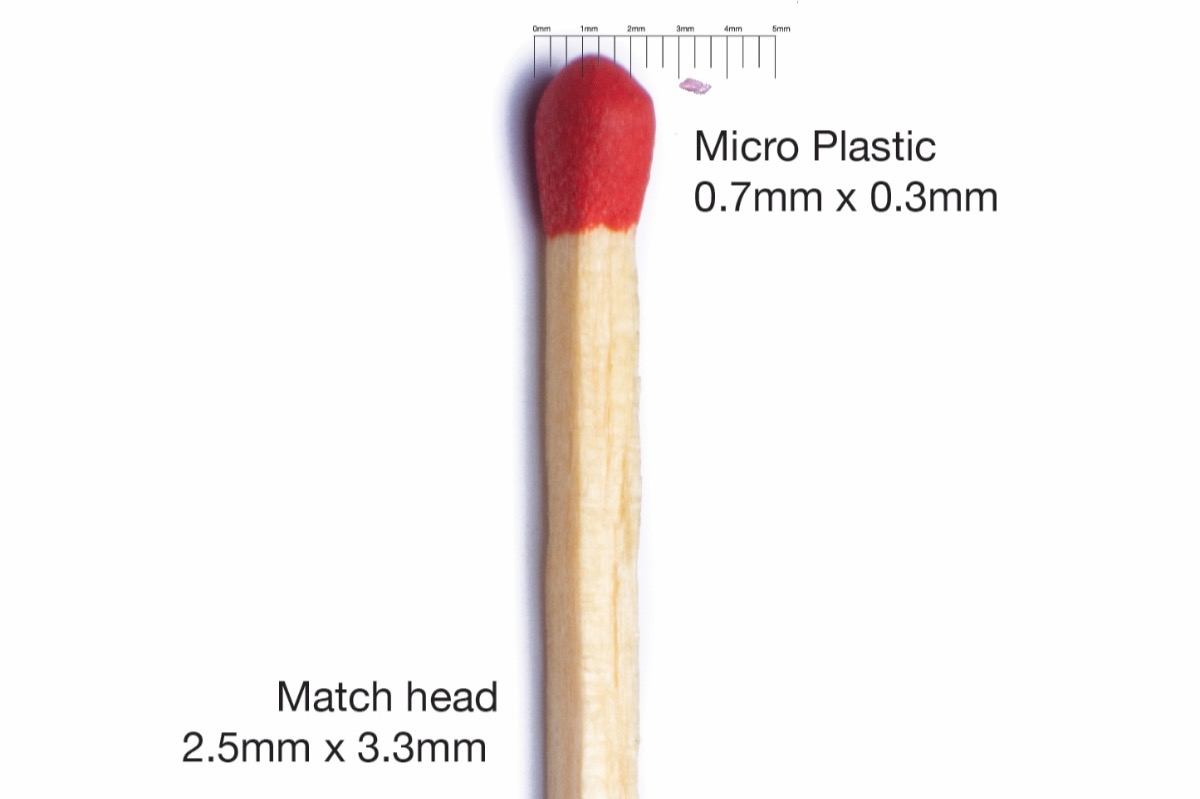

FAQS SHEET
Seabin Project FAQs
Australia’s Faunal Extinction Crisis
- the ongoing decline in the population and conservation status of Australia's nearly 500 threatened fauna species;
- the wider ecological impact of faunal extinction;
- the international and domestic obligations of the Commonwealth Government in conserving threatened fauna;
- the adequacy of Commonwealth environment laws, including but not limited to the Environment Protection and Biodiversity Conservation Act 1999, in providing sufficient protections for threatened fauna and against key threatening processes;
- the adequacy and effectiveness of protections for critical habitat for threatened fauna under the Environment Protection and Biodiversity Conservation Act 1999;
- the adequacy of the management and extent of the National Reserve System, stewardship arrangements, covenants and connectivity through wildlife corridors in conserving threatened fauna;
- the use of traditional knowledge and management for threatened species recovery and other outcomes as well as opportunities to expand the use of traditional knowledge and management for conservation;
- the adequacy of existing funding streams for implementing threatened species recovery plans and preventing threatened fauna loss in general;
- the adequacy of existing monitoring practices in relation to the threatened fauna assessment and adaptive management responses;
- the adequacy of existing assessment processes for identifying threatened fauna conservation status;
- the adequacy of existing compliance mechanisms for enforcing Commonwealth environment law; and
- any related matters.
Possible Appeal Of Landmark Climate Judgment
Appointment Of GBRMPA CEO
Statement On The Control Of Feral Horses In The Singleton Training Area
Proposed New Residential Care Funding Model
Nominations Open For The 2019 Australian Training Awards
- Lifetime Achievement Award (Direct entry)
- National Achievement Award (Direct entry)
- Australian School-based Apprentice of the Year Award (State/Territory entry)
- Vocational Student of the Year Award (State/Territory entry)
- Aboriginal and Torres Strait Islander Student of the Year Award (State/Territory Entry)
- Trainee of the Year Award (State/Territory Entry)
- Apprentice of the Year Award (State/Territory Entry)
- VET Teacher/Trainer of the Year Award (State/Territory Entry)
- Excellence in Language, Literacy and Numeracy Practice Award (Direct entry)
- Small Employer of the Year Award (Direct Entry for NSW and WA only
- Medium Employer of the Year Award (State/Territory Entry)
- Large Employer of the Year Award (State/Territory Entry)
- Industry Collaboration Award (State/Territory Entry)
- Australian Apprenticeships - Employer Award (Direct Entry)
- Registered Training Organisations
- International Training Provider of the Year Award (Direct Entry)
- Small Training Provider of the Year Award (State/Territory Entry)
- Large Training Provider of the Year Award (State/Territory Entry)
- School Pathways to VET Award (Direct Entry)
Prehistoric Britons Rack Up Food Miles For Feasts Near Stonehenge

Disclaimer: These articles are not intended to provide medical advice, diagnosis or treatment. Views expressed here do not necessarily reflect those of Pittwater Online News or its staff.